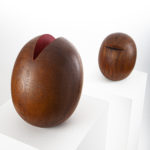Made in Bed Soothybs Magazine

Kristina Lyamtseva in Conversation with Ahmet Yiğider
‘My roots belong to Anatolia, a geography where you can trace human civilisation more than ten thousand years.’The Istanbul-
based interdisciplinary artist Ahmet Yiğider reflects on the globality of being, by creating sculptures with perfectly adjusted shapes, subtle composition and great attention to detail. His work touches on topics such as ecology, the recycling of materials, the impact of technological progress on human life, the precious and unique textures of each type of wood, as well as the subtleties of the ecological imperative.
At first glance, Ahmet Yiğider explores forms and strives to get closer to its essence. His search of the form is focused on the primeval emblematic system, sculptural language and the expressivity of sculptures from the ancient civilization. At the same time, his oeuvre follows from the modernist tradition longing to convey thoughts, visually pointed and ambiguous.
His studies of Industrial Engineering and Industrial Design at Istanbul Technical University strongly impact his work to this day.
His recent solo exhibition ‘Intellect’ (9 April – 9 May 2021) was held at Fine Art Gallery, one of the oldest private art galleries in Russia. MADE IN BED contributor Kristina Lyamtseva speaks to Ahmet about his work and practice.
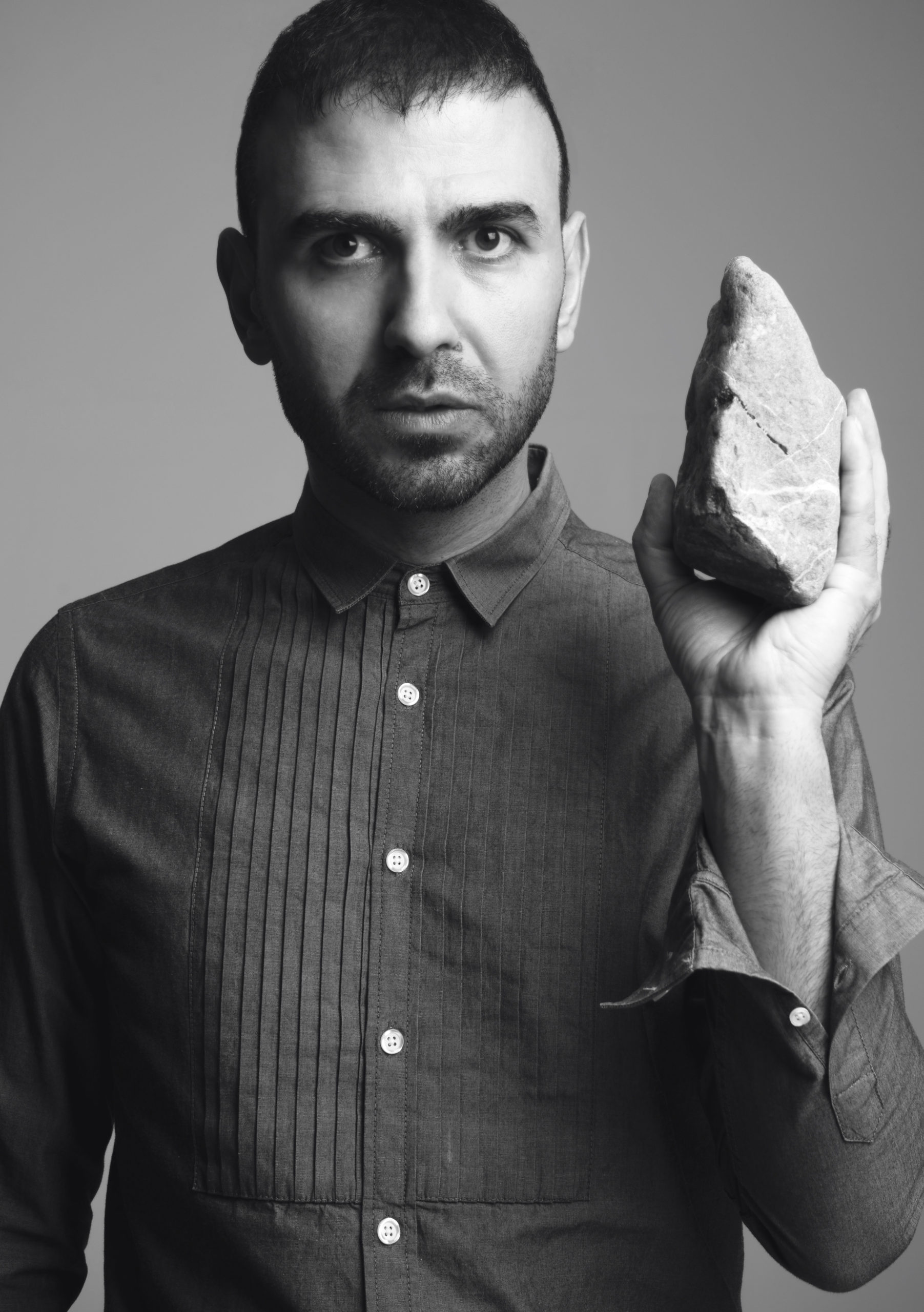
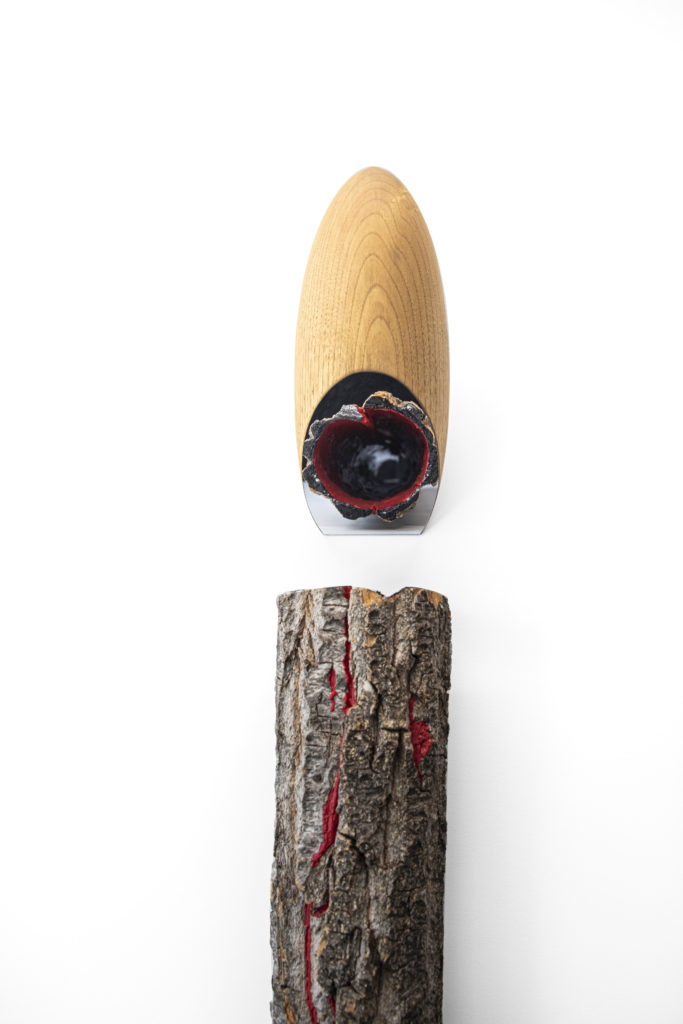
Kristina Lyamtseva: First of all, congratulations on your first solo show in Moscow. How did you like the opening night?
Ahmet Yiğider: Thanks, Kristina! I’m happy that visitors responded well to the sculptures, my art, the idea behind it, and the minimalistic technique that I used. Sometimes minimalistic work is potentially risky in terms of level of perception. I’m happy that the Russian art lovers and artists read the minimalism of my works profoundly and the idea behind it. It was very welcoming, all parts of the opening such as the artists, art lovers, and the gallery team were great.
KL: When did you realise you wanted to become an artist? And how do you balance your professional management responsibility and the act of art creation?
AY: I don’t remember when I decided to become an artist, my passion for creating art is probably even older than myself. I always find myself surrounded by nature whenever I close my eyes. I begin to truly feel and comprehend in such moments. Then, I sense an urge to express my experience. This is when and where art begins for me. If there are people surrounded by nature and the universe, there will always be a need for expression, which will bear art.
For my practice, both science and art are essential. Science to comprehend [the idea], art to state it. Even when I was a child I was painting and had an interest in various forms like mud, plastic and wood. I have been experimenting with forms and painting since my childhood. When I was about 14 I had the chance to work with my first art teacher in my hometown. After that I had to decide for myself whether I should choose to go into art or do something else. I was studying analytical science, it was a really important decision, and I ultimately went to industrial engineering. Again, because art is a part of life, [a] part of ‘being’ for me, engineering and science are important to capture the dynamics of ‘being’. I did an undergraduate degree in Industrial Engineering and a master’s in Industrial Design at Istanbul Technical University. I gave lectures at Bahcesehir University for almost 3.5 years on design management and parallel to my art creation and academic study. I spent the last 15 years of my life in marketing, focusing on brand management and communication management at multi-national companies.
KL: Which artists do you admire? Have you been inspired by someone specifically during the creation of the exhibition pieces?
AY: Being a collector myself, I give importance to any form of creativity that reflects human-beings. I collect paintings, sculptures and have a specific collection of kilims. A kilim is a traditional rug in some Asian countries and Anatolia. I love the old geometric motives of the kilims. Since I’ve done some curatorial projects as well in the past, I find myself very close to all creative efforts and art creation globally. On the other hand, I can say that some artists from the last century such as Henry Moore and Alberto Giacometti have influenced me. My soul responds to both of their anatomic interpretations.
KL: It seems as if sustainability is very crucial in your work. Could you tell us more about your practice and materials?
AY: Wood is not the only material I work with. I believe that an artist’s specific technique is very important, but on the other hand technique shouldn’t be a limitation for an artist. Firstly, I [am concerned with] creativity or the intellectual mind; technique [and] form that follow [after that]. Intellect is more oriented towards wood and sculpture. In some of my other art projects, I use quite innovative new media, especially sensorial fields such as ‘scent.’ Because of the nature of the ‘Intellect’ project I mainly worked with wood, and I really enjoyed it.
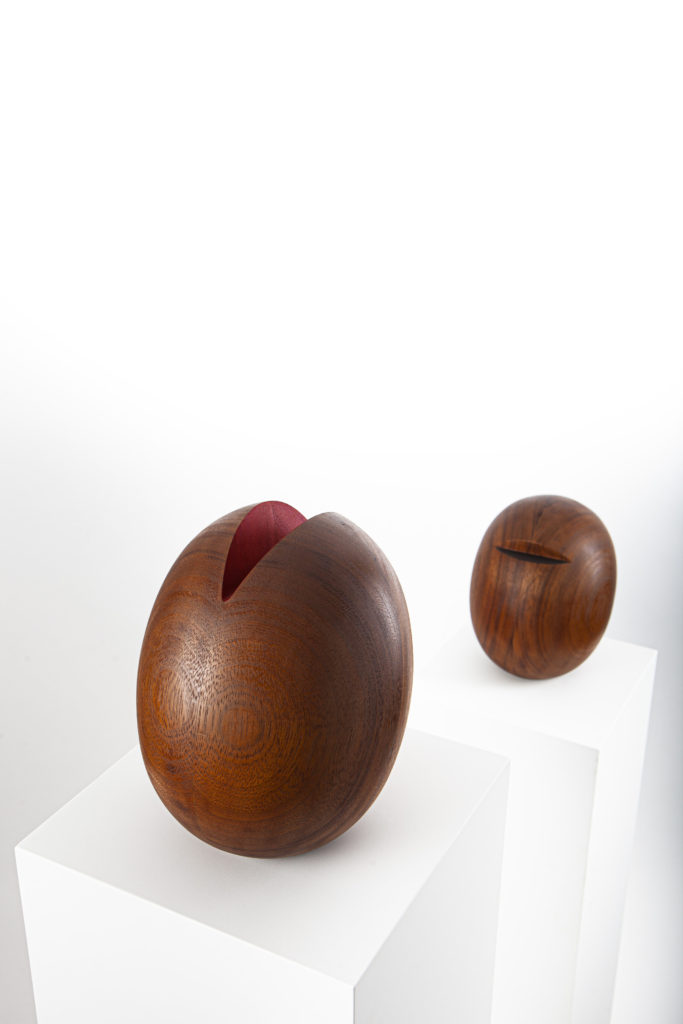
I believe that whatever we create, artwork or any other form of creation, we have no right to exploit nature. That is why all the materials I use are from dead trees or industrial-purpose woods – this is my sensitivity. It is also important that I do not paint the wood. It’s very rare that I use paint. I believe that we must not cover the surface of the tree because it is a texture of nature. What I use is mainly pure innocent oil, which is a healthy substance, that you can also taste. Furthermore, I use colour pigments as part of my compositions. The negative spaces are differentiated by colours but they are all natural and transparent in order to avoid covering the nature and innocence of the tree.
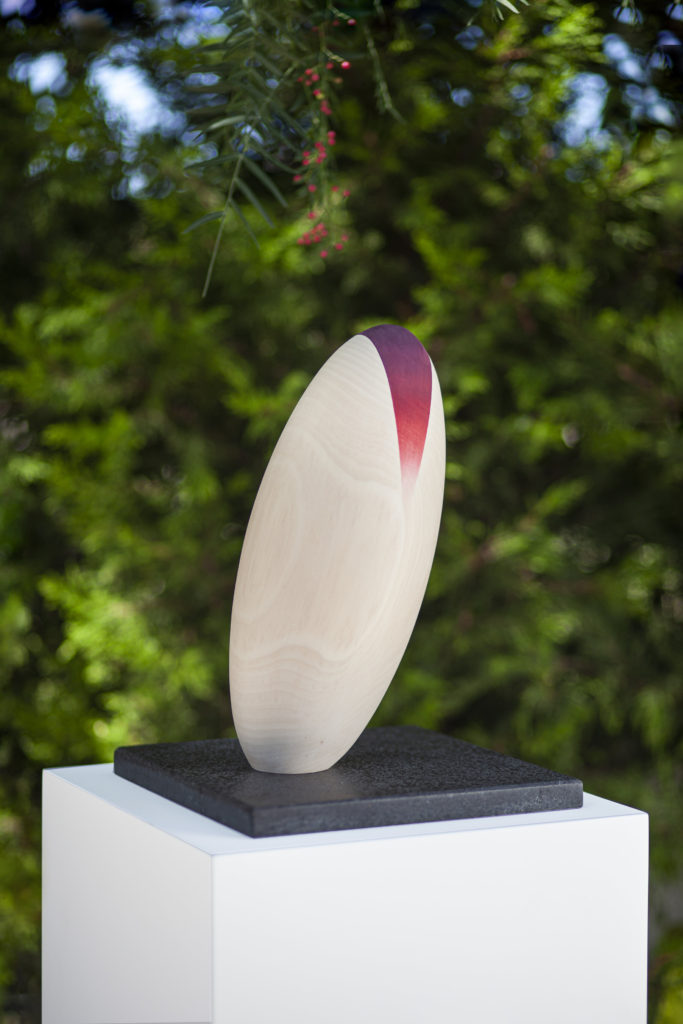
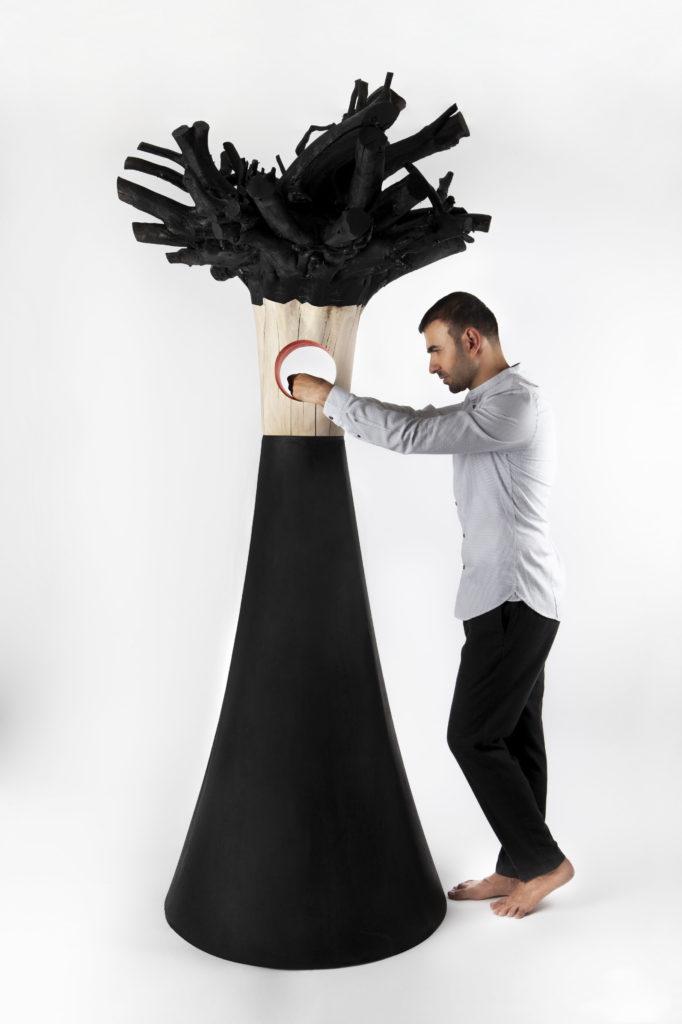
2019.
KL: The exhibition presents two series of sculptures: Detractive Anatomies and Intellect. What are the differences between these series?
AY: For me, these are two different projects because Intellect is more related to the reaction of the mind of a human being. After the Intellect sculpture series progressed, I had a [motivation] to try to give an interpretation of anatomy. The abstraction approach is quite a common method and has a history. My passion took me to think and develop another series of sculptures, Detractive Anatomies. Intellect and Detractive Anatomies could have been two different exhibitions, but I didn’t want to separate them. Most of the negative spaces in my sculptures are referring to intellect; to see, to understand, to think and to have a purpose. That’s the common theme of the two series Intellect and Detractive Anatomies. Also, I believe that as texture and unity, they are connected. That’s why we decided to exhibit these two projects together.
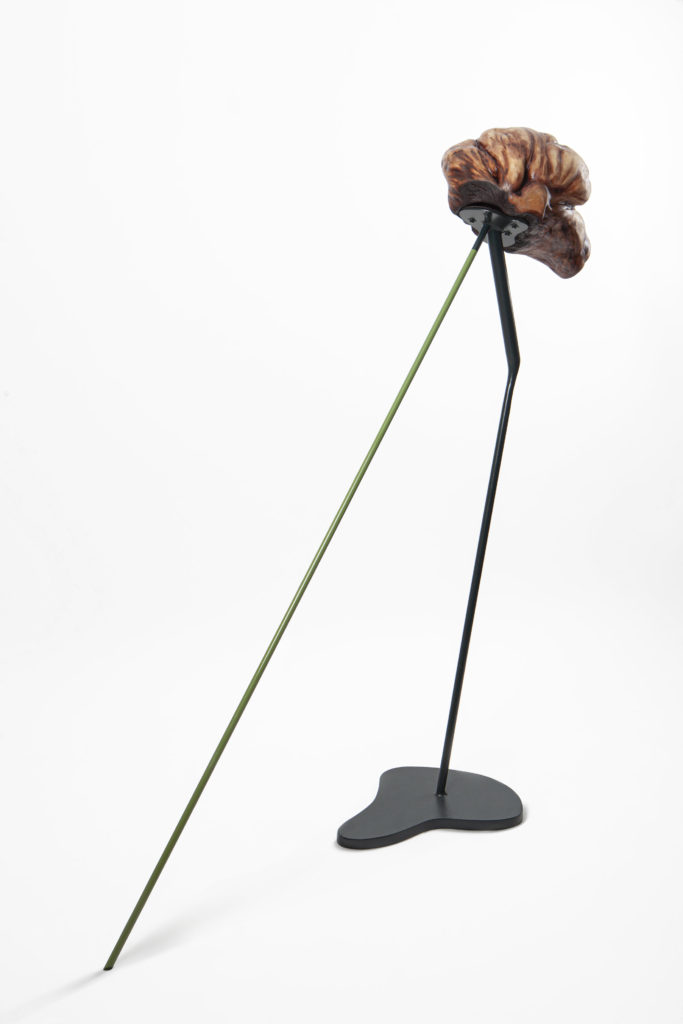
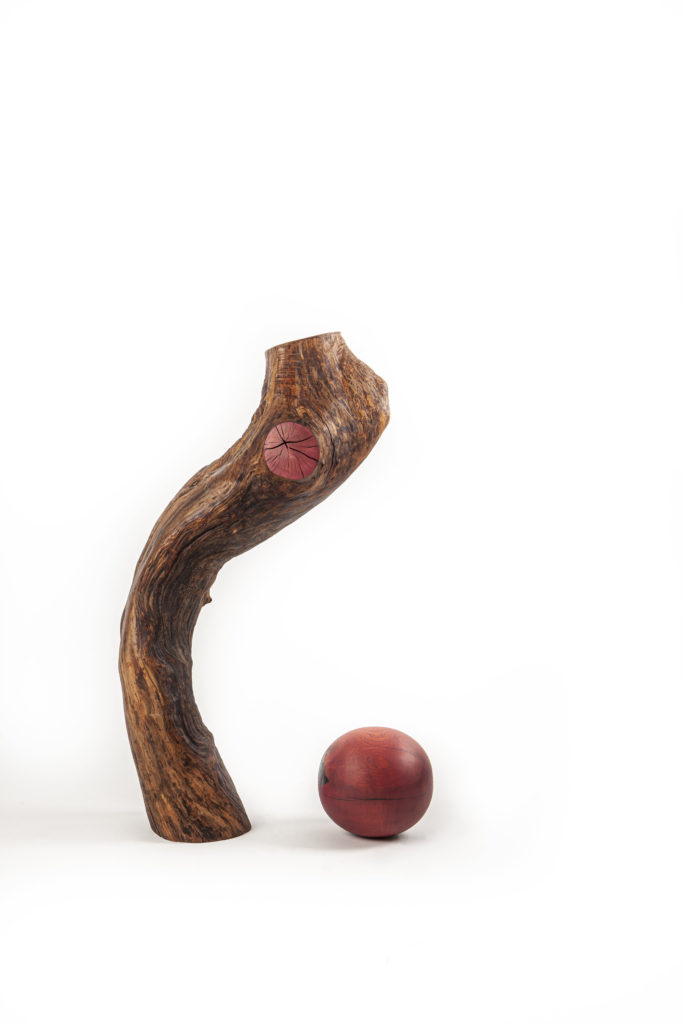
KL: Turkey has a century-old history and cultural tradition. How do your origins affect your work?
AY: Thanks to my work and professional artistic career, I have the chance to interact and exhibit internationally. I conducted curatorial projects where I had the chance to combine art from different countries, which gave me the chance to interact globally. I am also quite interested in design, architecture and the history of different cultures and places.
On the other hand, we all have origins, that’s why our history leaves a trace on our artistic thinking, on our figures and even abstraction, or on textures and colours. When I look at the comments from art observers about the Intellect exhibition, it’s good to see that these cultural traces can be found when Russian intellectuals are looking at my sculptures from an outside culture.
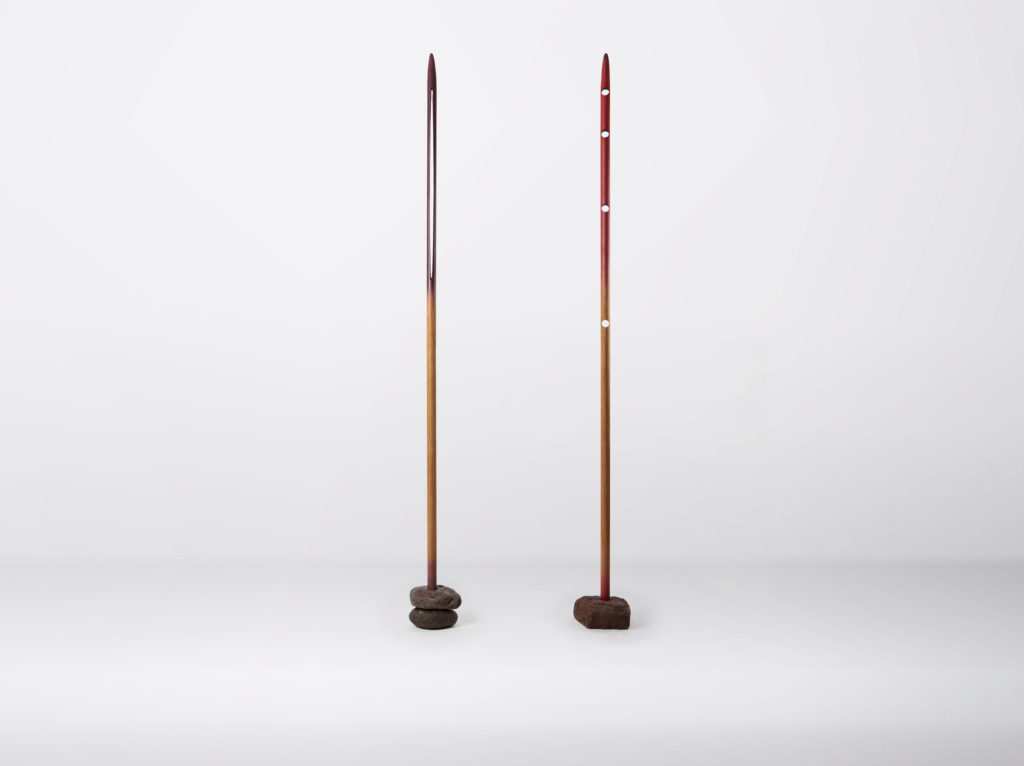
That’s why I’m happy that this project is exhibited internationally in an important art aura. Some observations mentioned that my forms are linked to the primeval sign-symbolic system or ancient civilizations. It’s very interesting that abstraction may have existed thousands of years ago. What is important here is my roots belonging to Anatolia, a geography where you can trace human civilization for more than ten thousand years.
KL: What are your plans for the future?
AY: I have some other projects on the go – one of the projects I started is a combination of sculptures and some digital works as well as two-dimensional works with new media. This project will be a better representation of my interdisciplinary approach. This exhibition will be in another exciting city, but I don’t want to share it yet and spoil the surprise. I did a project in 2016 for a very important museum in Turkey, Baksı Museum. It was an olfactory installation with 6 different scent harmonies dedicated to the geography and unique story of the museum. We received very good responses for the project, and I was invited to the art and design faculties of 3 different universities to present it as an exemplary project under the title of ‘An Intersection Between Art & Scent.’ I am also working on some very provocative works where I will use sensation and the sense of smell among other media.

KL: What are your plans for the future?
AY: I have some other projects on the go – one of the projects I started is a combination of sculptures and some digital works as well as two-dimensional works with new media. This project will be a better representation of my interdisciplinary approach. This exhibition will be in another exciting city, but I don’t want to share it yet and spoil the surprise. I did a project in 2016 for a very important museum in Turkey, Baksı Museum. It was an olfactory installation with 6 different scent harmonies dedicated to the geography and unique story of the museum. We received very good responses for the project, and I was invited to the art and design faculties of 3 different universities to present it as an exemplary project under the title of ‘An Intersection Between Art & Scent.’ I am also working on some very provocative works where I will use sensation and the sense of smell among other media.
Thank you, Ahmet.
Image courtesy of Ahmet Yiğider
Visit Ahmet Yiğider’s Instagram to find out more about his work.
Kristina Lyamtseva,
Contributor, MADE IN BED
Kristina Lyamtseva
